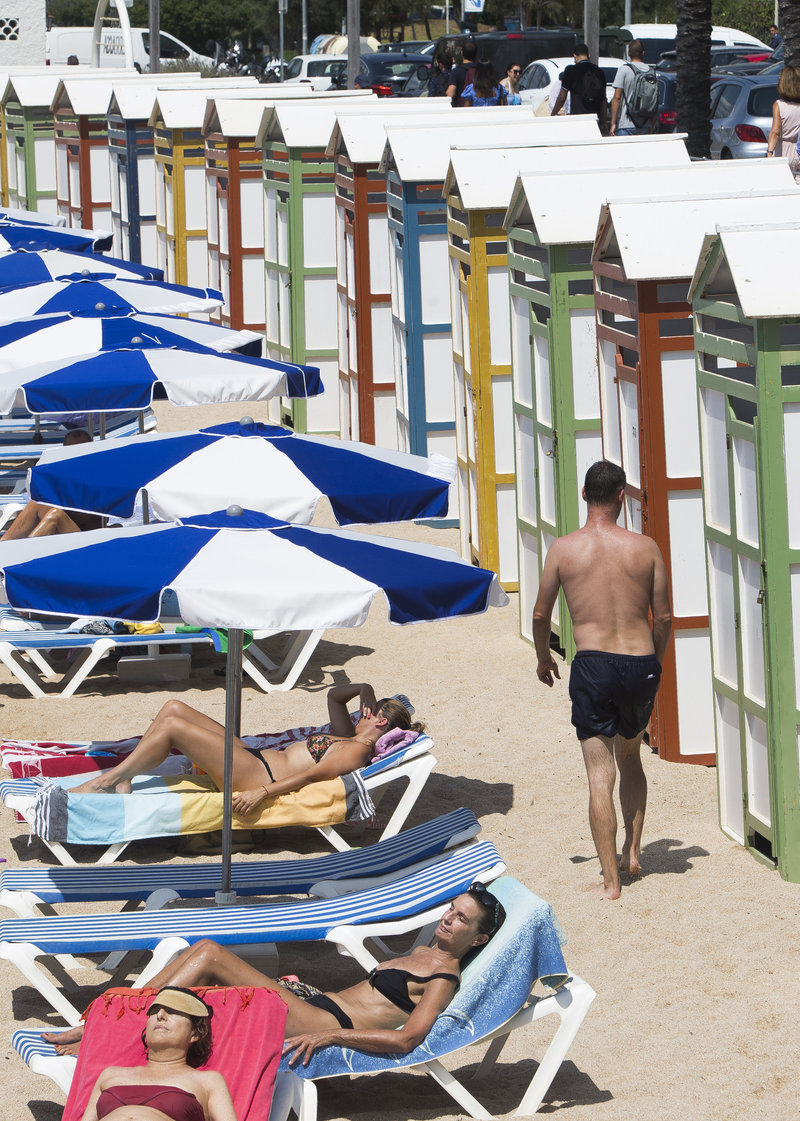Discovering the Vall d’Aro
To get to know Castell-Platja d’Aro, we suggest three routes in the Vall d’Aro on which you will discover some of the authentic charms of the Costa Brava coastline.
The first itinerary is a circular route to visit the area’s coves. The northern coastal path, which follows a route formerly used to patrol the coast to prevent smuggling, links a number of small coves and goes as far as a Roman settlement. Our starting point is Cavall Bernat, a granite rock shaped by the waves that is a tourist landmark of Platja d’Aro. We cross Cala Rovira beach and follow the GR-92 route, which take us through pine woods, coves and tunnels between the rocks.
We return through the town to the Pla de Palol Roman village, a 1st century BC settlement that produced cereals, oil and wine. The Pla de Palol Roman village has been fully excavated and conserved as a first-rate archaeological site. The name Palol comes from the Latin diminutive palatiulum, which means “little Palatine”, after the name of one of the seven hills of Rome, where the imperial palace was located.
Along the coastal path
The second route takes us from Platja d’Aro to s’Agaró along the coastal path on a walk between architecture and nature that winds above small stony coves nestled at the foot of pine covered cliffs. The coastal road also showcases the geological heritage of the Costa Brava and it has a Blue Itinerary award given to routes that connect beaches with the Blue Flag seal of quality. Alongside the path there is also a Via Brava two-kilometre open water swimming route. After crossing the Sa Conca beach, the viewpoint on top of the nearby Pinell hill provides a view of the entire bay. Finally, the path goes through s’Agaró Vell, a model Mediterranean residential zone in the modernist style that has been declared a national asset of cultural interest.
Les Fonts route
The third route takes us to the Gavarres massif thanks to a route that follows ancient woodland paths to Castell d’Aro’s natural springs. From the old train station, the route goes through Castell d’Aro’s old town and across the Coma valley. Delving into this mountainous area reveals a landscape that has inspired writers and poets. The route, which takes about an hour and a half, goes to the Brussot mill, the Sitjar poet’s spring, the Ferro spring and, finally, the Acacia spring.
Antique market
Between June 22 and September 9, every Wednesday and Friday from 9 am to 8 pm, the Plaça dels Estanys square in Platja d’Aro becomes one of the busiest antique markets in the summer on the Costa Brava. The Fira de Brocanters, which is organised by the Associació Encants del Baix Empordà, brings together dozens of antique stalls selling items of all kinds and often at very affordable prices.

